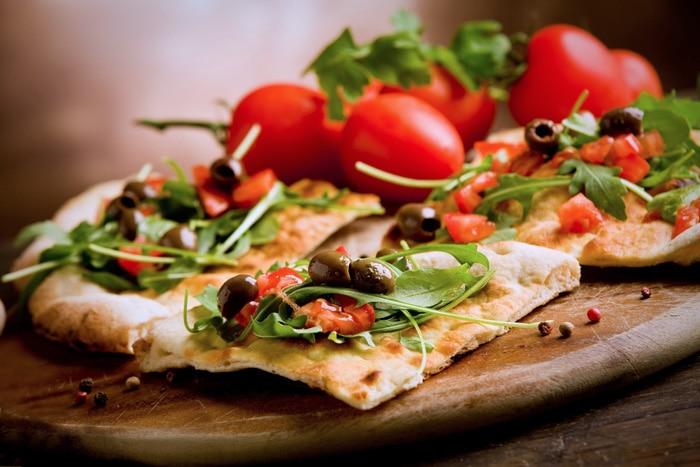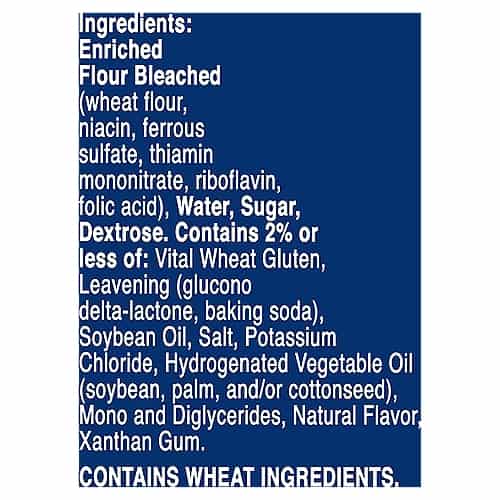
Written By: Sofia Layarda, MPH
Title: Master of Public Health
Alumni: University of California, Berkeley
Last Updated on:

A slice pizza is counted as a serving of vegetable in US schools. It sounds strange but what actually happened is that school lunch regulators counted 2 tablespoons of tomato paste (as would be found on pizza) as a vegetable serving, while the serving size for all other vegetables is a half-cup. Critics claim that this gives the food manufacturers an easy way out in meeting the required number of fruit & vegetable servings in school lunches. Regardless of where you stand on the issue, the whole argument misses the real point: There are things about pizza you should be paying attention to beyond the serving size of the tomato paste.

Table of Contents
It is obvious that tomato sauce or paste is not the same thing as a fresh tomato, but is it bad for you? It depends. Tomato sauce or puree in its most basic form is great; the heat treatment associated with processing actually allows the antioxidant lycopene to be better absorbed by our body. On the flip side, some brands have higher amount of sodium per serving. It pays to be a label reader. For instance, a 1/4 cup serving of Great Value Pizza Sauce provides 250 mg of sodium, while a serving of Classico Pizza Sauce provides 320 mg of sodium.
Your best bet? Use crushed tomatoes out of a jar (usually made with tomatoes and nothing else, or sometimes a few herbs) and skip the salt. You’ll be using cheese as a topping anyway, so you won’t miss the salt in the tomato sauce.
The worst offender in pizza could sometimes be the dough or crust. Refrigerated pizza crust, for instance, often contains hydrogenated oils as well as artificial additives. A quick look at the Pillsbury’s pizza dough ingredient list will reveal hydrogenated oils (typically a combination of soybean, palm, and cottonseed oils), and mono- and diglycerides, an emulsifier often found in processed foods. Mono- and diglycerides contains a small amount of trans fat. As it is classified as an additive (not oil), the trans fat ban doesn’t apply to this ingredient.

A healthier crust option could be ready-to-bake crust like this one by Great Value. A glance on the ingredient list reveals that no artificial additives have been used, and the sodium content is much less as well.
In its most basic form, pizza consists of only three ingredients: a crust, tomato sauce, and toppings. Most pizza eaters consider the toppings to be the highlight of the meal, with the base and sauce complementing what goes on top. Unfortunately, this means the pizza crust and sauce tend to get overlooked. Be smart about your pizza crust and tomato sauce choices so they truly complement your stellar toppings from both the nutritional and culinary points of view.
Alumni: University of California, Berkeley – Sofia believes in bringing back fun and pleasure into everyday eating. She loves cooking, and is constantly experimenting with ingredients, creating recipes and trying them out on family and friends. Her latest interest lies in finding realistic and practical ways of environmentally-friendly food/eating habits.
home cooking, pizza, pizza crust, pizza dough, pizza sauce, trans fat